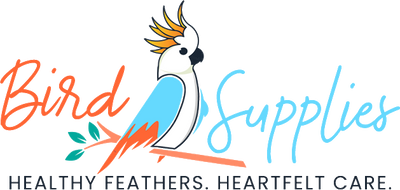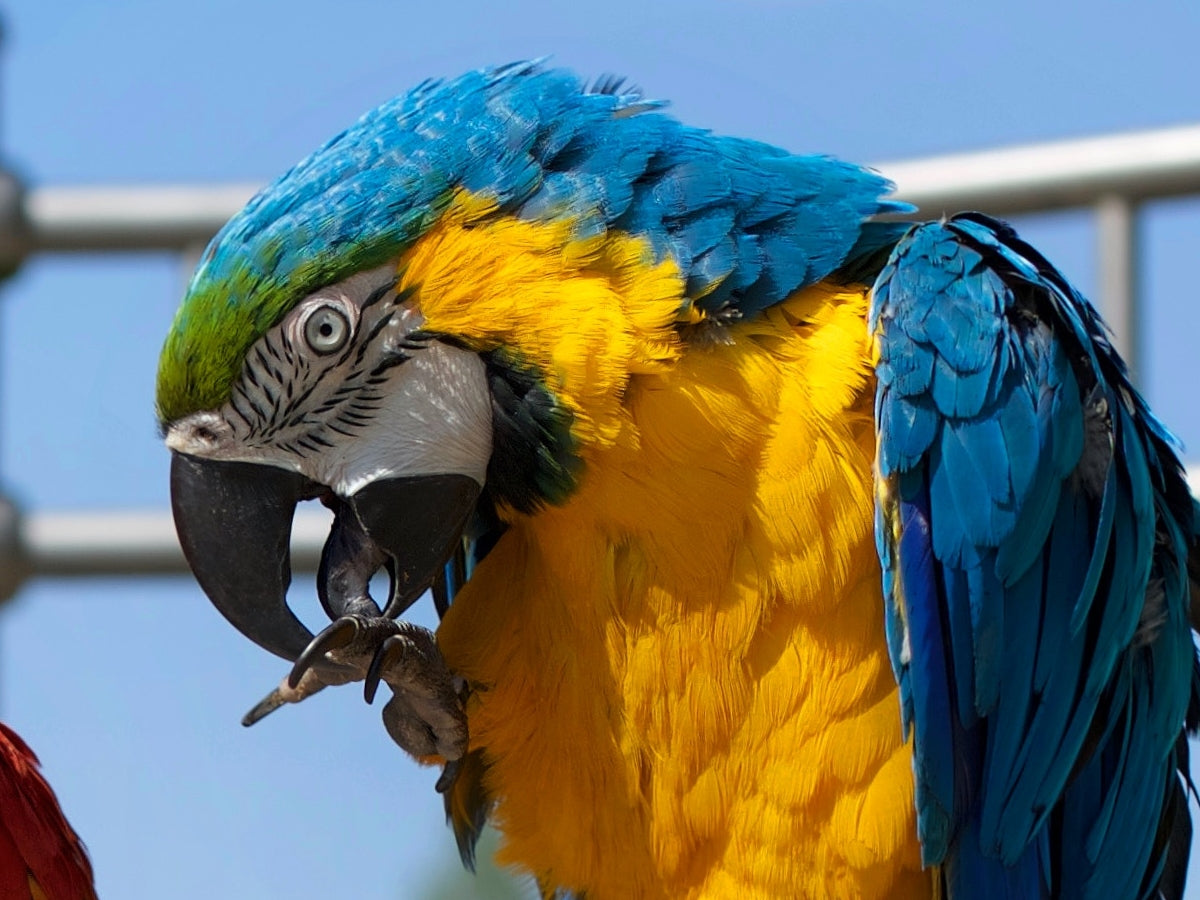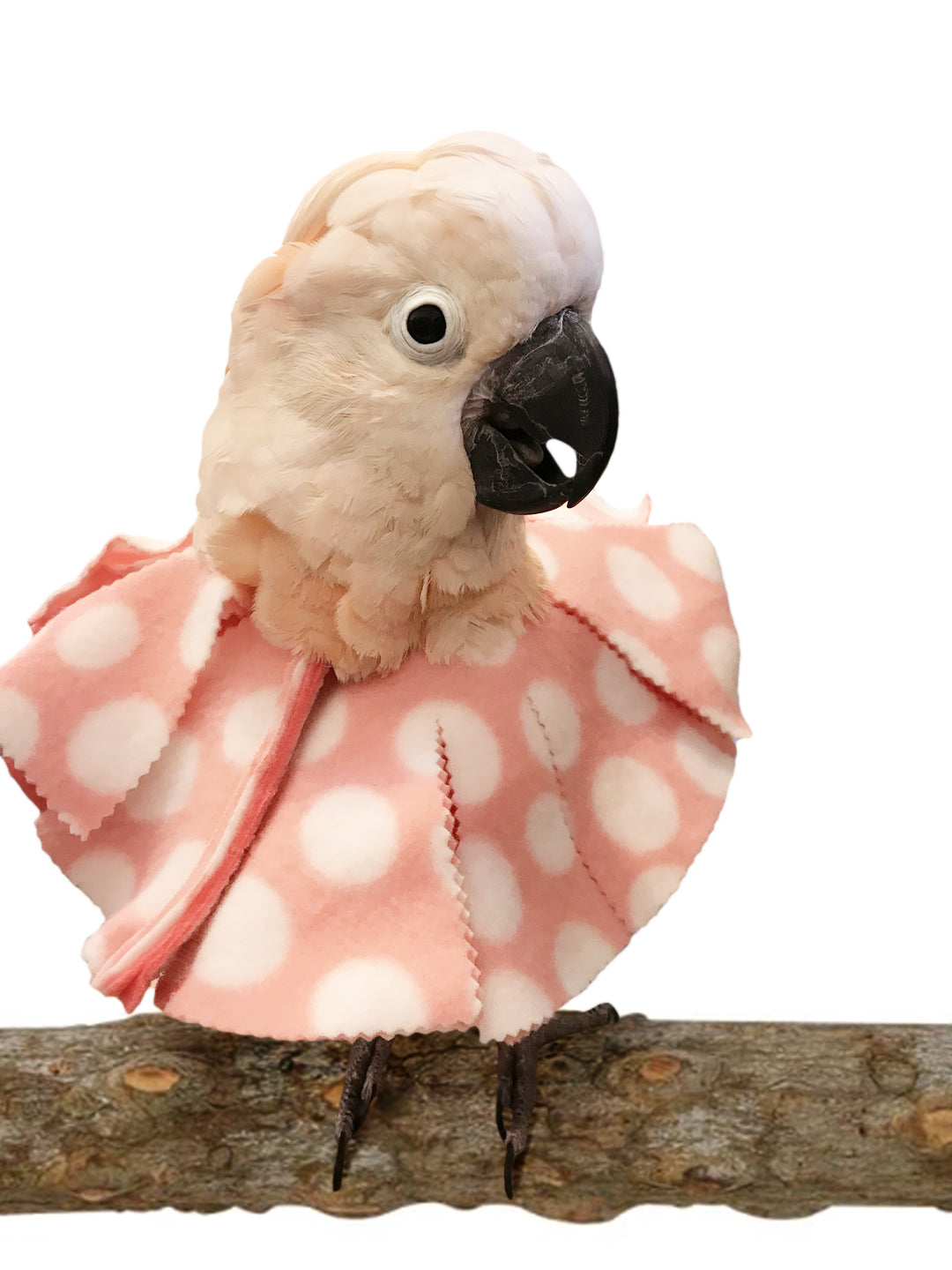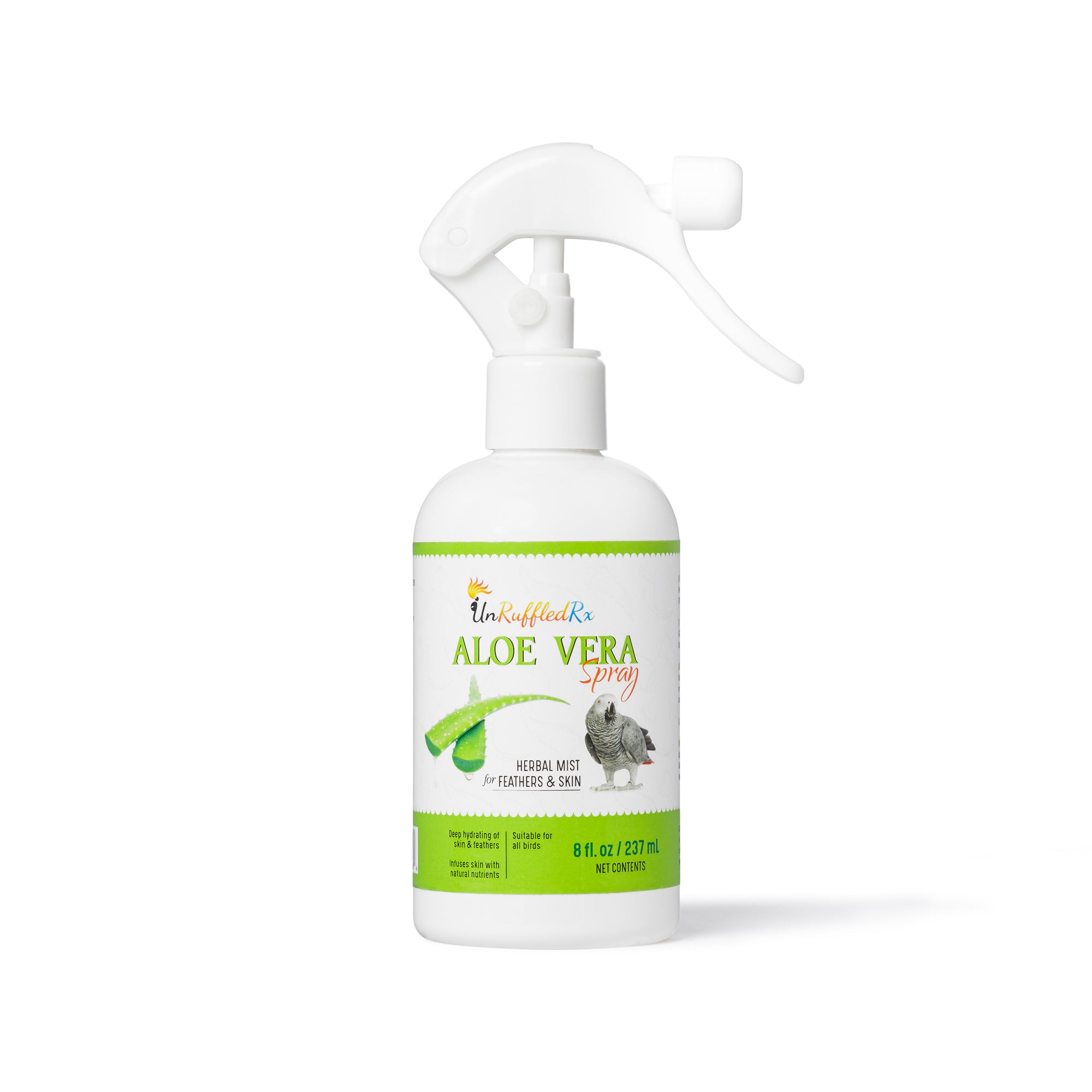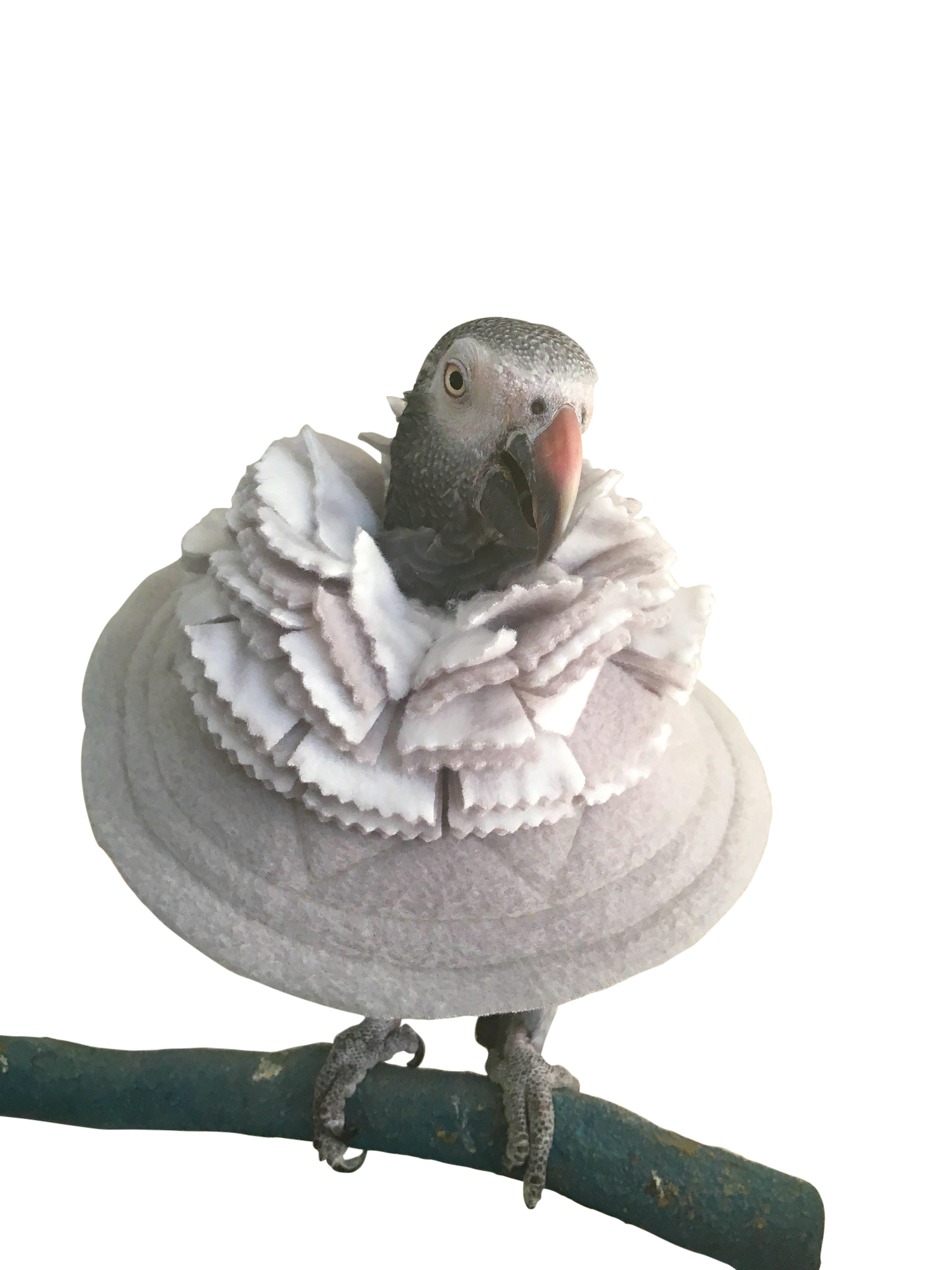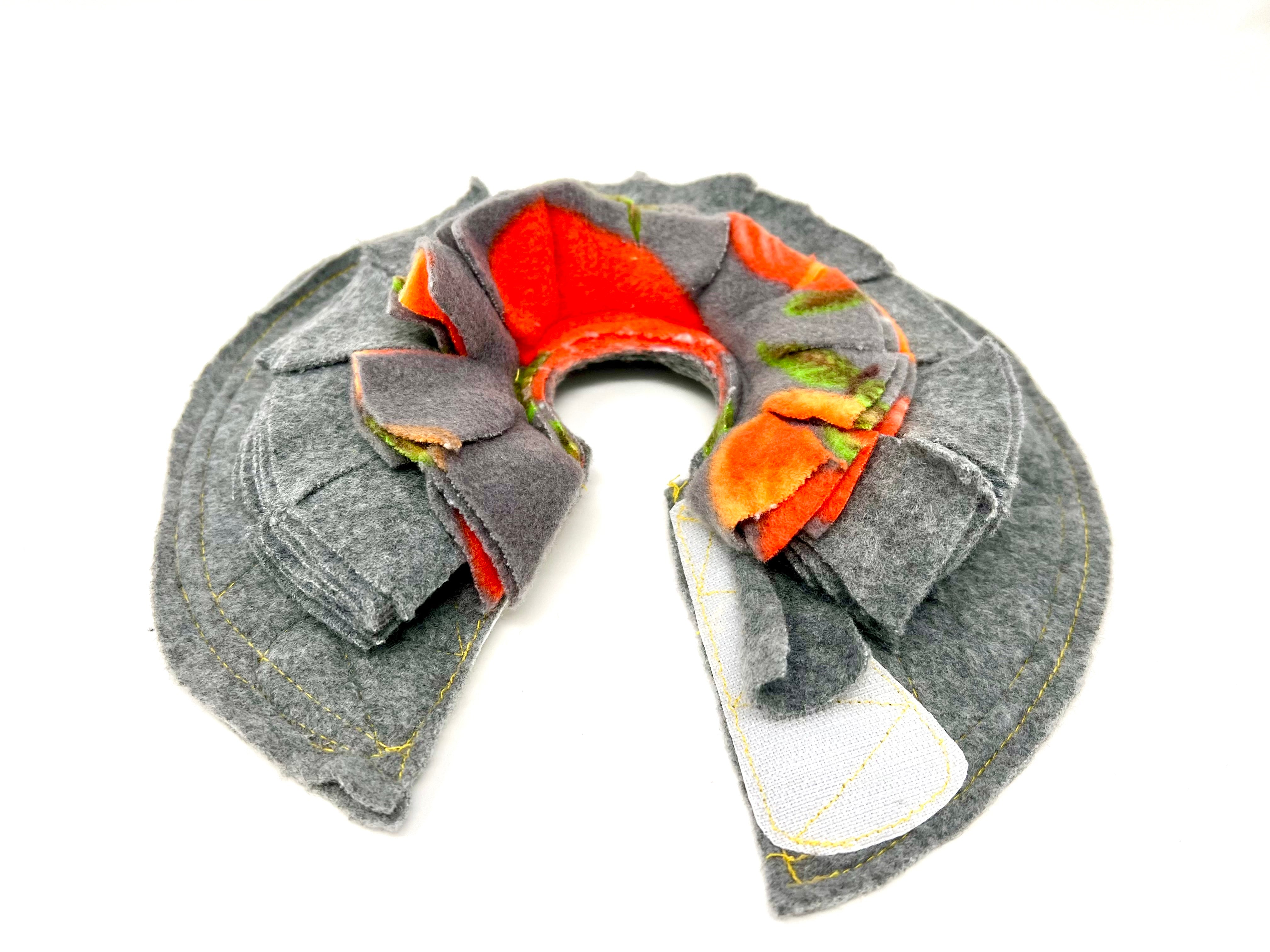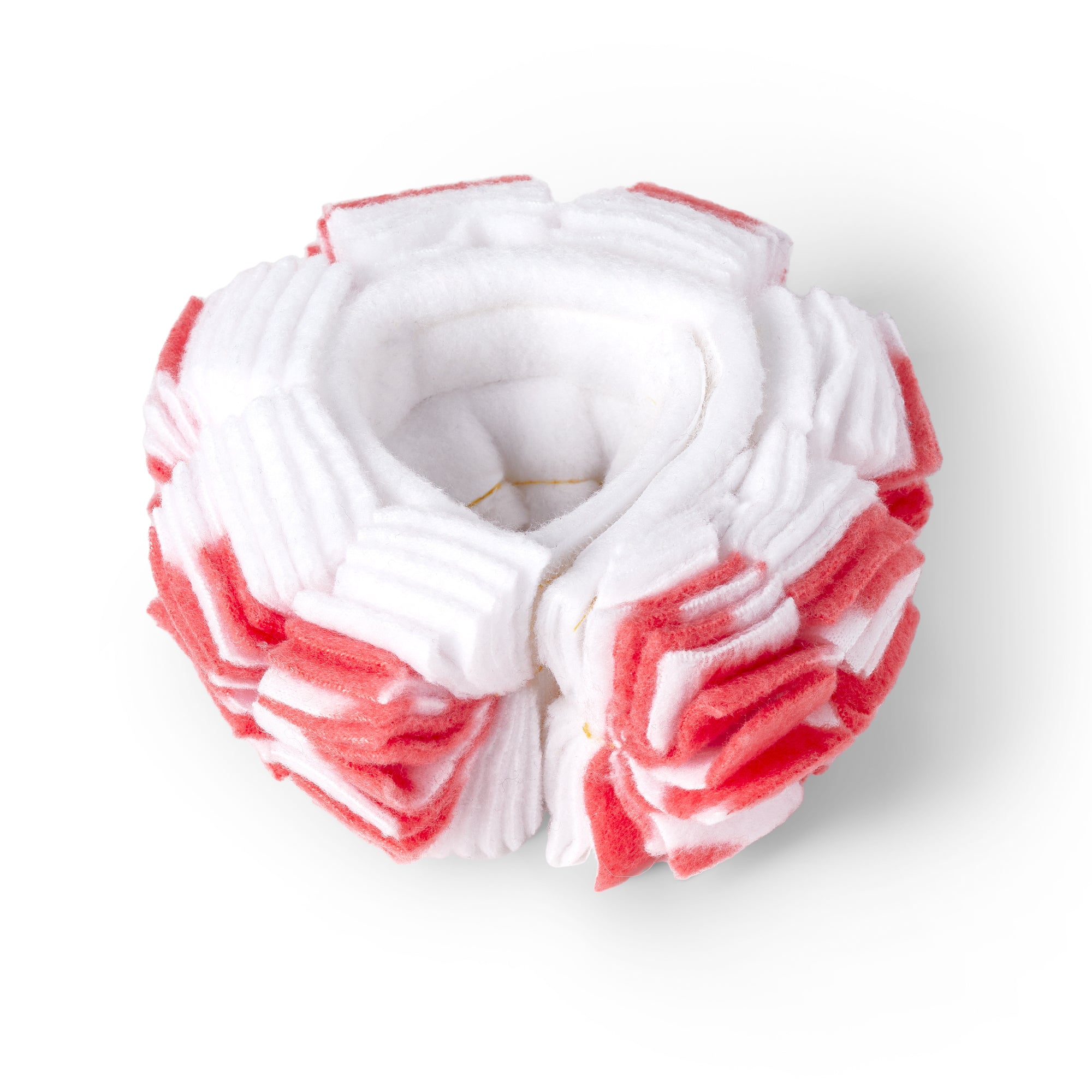Table of Contents
Revised April 29, 2022
Imagine this scenario: you’re walking over to your birds cage and you find it on the bottom of the cage listless. Reviving a lifeless bird can feel tricky if you've never been trained how to do it. But, there are some general steps that you can take to offer your the help that it needs as quickly as possible if you plan ahead.
How do you know if a bird is in shock?
Shock is a life threatening condition for your bird. But, catching it early can possibly prevent having to give your bird CPR.
When a bird is in shock, the heart becomes dysfunctional and blood pressure plummets. Organs can't get the oxygen they need to work properly. Shock needs to be treated immediately before other organs become damaged.
Several things can put a bird in shock.
Be on the lookout for these symptoms:
1. Put your bird in hospital cage in a dark, quiet room. Try to increase the humidity, if possible. Your goal is to minimize energy consumption and allow your bird to stabilize.
- Place the hospital cage on a heating pad set to low or put a hot water bottle inside of the carrier.
- Partially cover the cage to keep warmth in.
How can you tell if a bird has stopped breathing?
Birds have 7 air sacs in their abdomen area. To determine whether an unconscious bird is breathing, check whether its breast and abdomen is moving up and down with each breath.
If the abdomen isn't moving up and down, open the mouth and clear any debris out with a cotton swab.
If your bird is not breathing, but still has a heart-beat, begin rescue breathing.
While holding the bird’s head in one hand and supporting the body in the other, tilt the patient slightly away from you. With your head turned a quarter turn to the right or left, begin respirations.
For small birds, seal your lips around the beak and nares. With large birds, seal your lips around the beak only while placing the index finger over the nares. Take a breath, and blow five quick breaths into the bird’s beak.
The puff size depends on the bird’s size. With each breath, watch for the sternum and abdomen to rise like the picture above to know if your puffs are too weak or too strong.
Frequently recheck the mouth for obstructions. Also, with each breath, quickly observe the bird to see if it has resumed breathing on its own.
Steps to revive a lifeless bird
While it's not something that I ever want to have to do, just like human first aid, it's nice to know that in an emergency, I'd be able to take care of my bird.
Just like you learn in Red Cross CPR training, you must quickly assess the following:
- Breathing.
- Airway.
- Pulse.
STOP - LOOK - LISTEN

An infectious disease, metal poisoning, and hemorrhaging can all lead to cardiac arrest in a bird. Or it might be a simpler problem—inadvertently breathing in a seed could cause them to lose consciousness.
CPR works best when the bird has suffered an acute trauma, but its not nearly as successful with birds that have deteriorated due to a long illness.
- Begin by looking at the bird’s chest to check whether the breast and abdomen are moving. If not, proceed to step 2.
- Open the mouth and remove any obstructions with a cotton tipped bud.
- Listen for a heartbeat on either side of the keel bone.
- If the birds heart is beating but it isn't breathing, begin rescue breathing, as described above.
- If the bird is neither breathing nor has a heartbeat, opt for full fledged CPR.
Practice these steps in your head or even with a stuffed animal so that the sequence comes naturally in an emergency.
Can you perform CPR on a bird?
While you are still doing the rescue breathing, start adding gentle chest compressions.
1. Using just 1 to 3 fingers, depending on the size of the bird start giving gentle chest compressions. Aim for about 50 - 60 compressions a minute on the keel bone. Practice on the back of your hand. It just has to be enough to provide gentle pressure to compress the heart and circulate the blood.
2. Give 5 puffs of air followed by 10 compressions - about one per second. In your head count, "One-One Thousand, Two-One Thousand..." Then, check whether the bird has resumed breathing and whether the heart is beating on its own. If not, administer a second round, until your bird has resumed breathing and heart functioning on its own, a vet has taken over, or in your judgement, there is nothing more that can be done.
It may sound a little silly, but buying a cheap stuffed bird toy that resembles the size of your pet bird and practicing resuscitation is a great way to embed the skills into your mind so that you don't have to try to remember everything in the actual event.
Take Aways:
- Have your Avian Vet's day and night time emergency number on speed dial
- Memorize BAP - Breathing - Airway - Pulse
- Memorize Stop - Look - Listen
For all you animal lovers out there: Could you perform CPR on your pet bird if you had to? As with any emergency, it’s always best to ask your avian vet for the best methods. This is just a guideline, and a veterinarian should always be consulted when it comes to your bird’s health.
Related Posts:
How To Prepare A Bird First Aid Kit
10 Household Dangers That Can Kill Parrots
How To Use The D-R-O-P Approach for Bird Burns
References:
Diane Burroughs, LCSW is a licensed psychotherapist trained in ABA therapy techniques. She specializes in avian anxiety disorders and is certified in Nutrition For Mental Health. Diane has written a number of bird behavior books and she offers behavior consultations. She's developed a range of UnRuffledRx Science-backed Parrot Wellness Supplies.
Diane's products have been featured in the Journal of Avian Medicine and Surgery and at Exoticscon, a conference for exotic pet veterinarians. Her bird collars & supplements are stocked in avian vet clinics and bird stores throughout the US. With over 30 years in the field of behavior, Diane has created thousands of successful individualized behavior plans that help pets thrive.
TAGS: #BirdCPR #ParrotCPR #BirdRescueBreathing #ParrotRescueBreathing
SHARING IS CARING! PLEASE SHARE ON YOUR FAVORITE SOCIAL MEDIA NOW!
